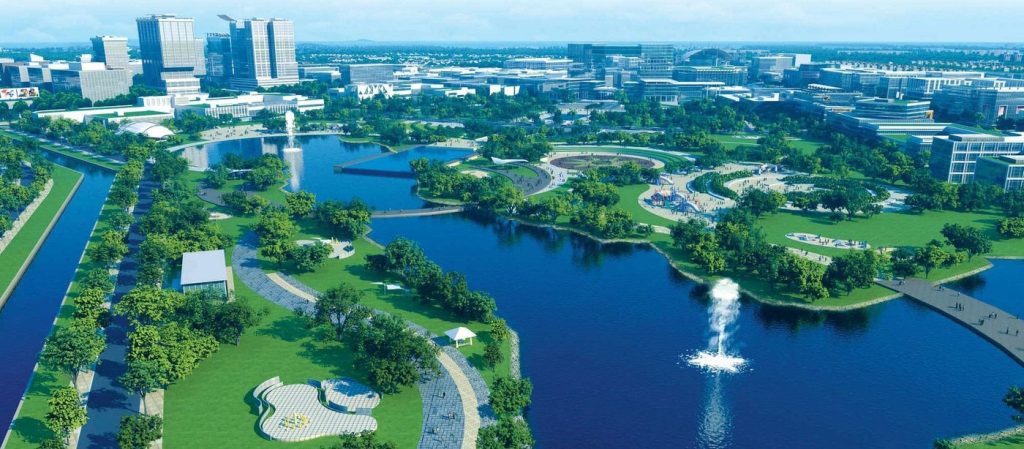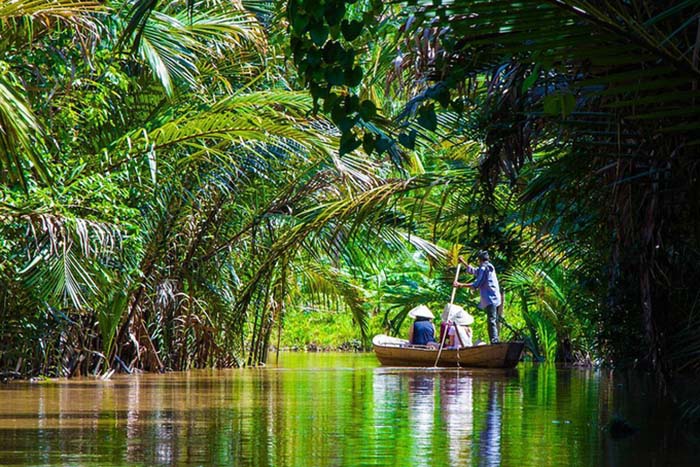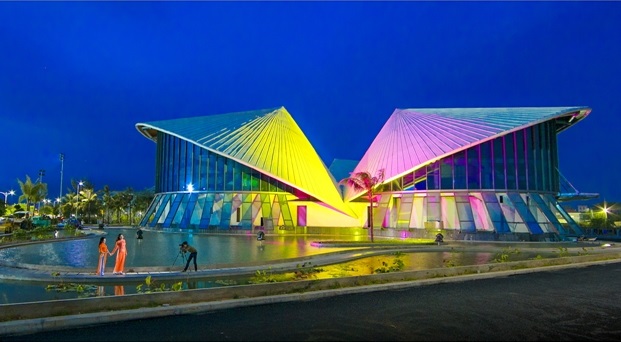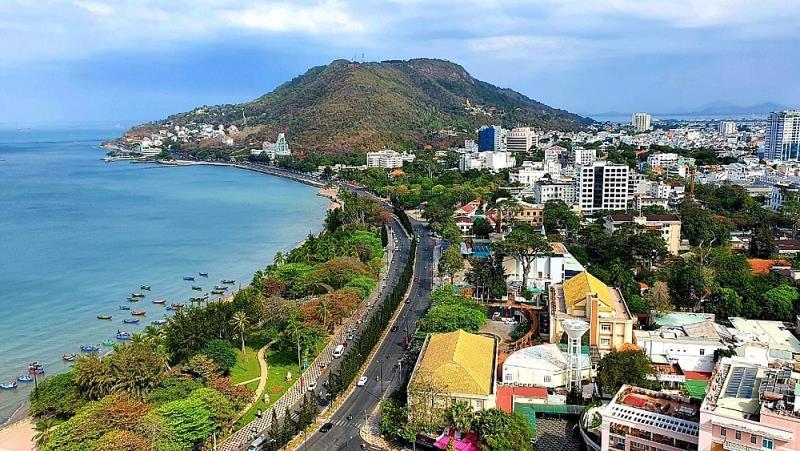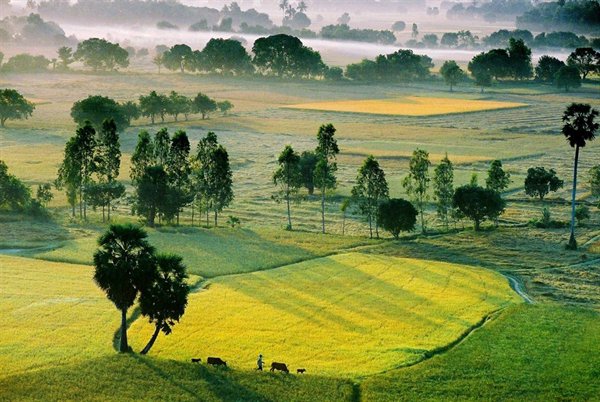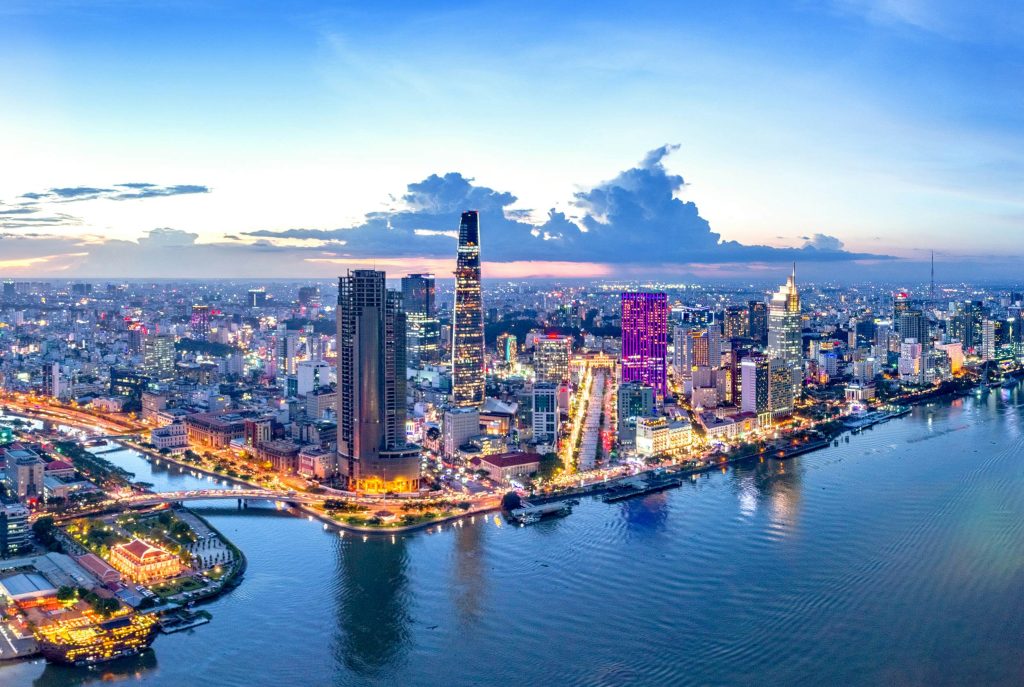Binh Phuoc – A guide basic for the trip
Binh Phuoc Province, situated in southern Vietnam, is known for its lush landscapes, agricultural prowess, and historical significance. The province is characterized by vast rubber plantations and dense forests, contributing significantly to Vietnam’s rubber industry. Its capital, Dong Xoai, is a bustling town with a mix of modern developments and cultural sites. Binh Phuoc holds historical significance as a former revolutionary base during the Vietnam War, evident in sites like the Bu Dang historical site and the memorial to martyrs in Dong Xoai. The province is also known for its diverse ethnic communities, including the Xtieng, Cho Ro, and Tay people, each contributing to the region’s cultural fabric. Binh Phuoc offers visitors opportunities to explore its natural beauty, learn about its agricultural heritage, and engage with its rich history, making it a compelling destination for those seeking off-the-beaten-path experiences in Vietnam.
I. When is the best time to visit Binh Phuoc?
The best time to visit Binh Phuoc Province in Vietnam is during the dry season, which typically runs from December to April. During these months, the weather is generally dry and pleasant, with lower humidity and minimal rainfall, making it ideal for outdoor activities and exploring the natural beauty of the region.
Avoiding the rainy season, which spans from May to November, is advisable if you prefer to explore Binh Phuoc without the interruption of heavy rains and potential flooding. However, even during the rainy season, the landscape can be lush and green, offering a different perspective for travelers who don’t mind occasional showers.
Considering the climate and weather patterns, December to April offers the most comfortable conditions for sightseeing, trekking through forests, visiting historical sites, and experiencing the local culture without weather-related disruptions.
II. What to do in Binh Phuoc?
Binh Phuoc Province offers a variety of activities and attractions for visitors interested in exploring its natural beauty, historical sites, and cultural heritage:
- Visit Dong Xoai City: Explore the provincial capital, Dong Xoai, to visit historical sites such as the Bu Dang historical site and the Dong Xoai Martyrs Cemetery, which commemorate the region’s significance during the Vietnam War.
- Discover Natural Attractions: Explore the lush landscapes and natural beauty of Binh Phuoc, including national parks like Phuoc Binh and Bu Gia Map, which offer opportunities for hiking, bird watching, and enjoying scenic vistas.
- Explore Local Culture: Visit ethnic minority villages such as Xtieng and Cho Ro communities to experience their traditional customs, handicrafts, and cultural practices.
- Rubber Plantations: Binh Phuoc is known for its extensive rubber plantations. Visit a rubber plantation to learn about rubber tapping, processing, and the economic importance of rubber production to the region.
- Taste Local Cuisine: Enjoy local specialties such as grilled dishes, freshwater fish, and dishes featuring ingredients sourced from the region’s forests and farms.
- Outdoor Activities: Engage in outdoor activities such as cycling, motorbike tours, or exploring caves and waterfalls scattered throughout the province.
- Historical and Cultural Sites: Aside from wartime history, explore ancient temples, pagodas, and historical landmarks that reflect the province’s cultural and religious diversity.
Binh Phuoc offers a blend of historical intrigue, natural beauty, and cultural immersion, making it a destination worth exploring for travelers seeking off-the-beaten-path experiences in Vietnam.
III. What local specialties does Binh Phuoc have that you must try?
Binh Phuoc Province in Vietnam offers a variety of local specialties that reflect its agricultural abundance and cultural heritage. Here are some must-try dishes:
- Banh Trang Me: Also known as sesame rice paper, this specialty of Binh Phuoc is made from rice flour and sesame seeds. It’s typically enjoyed as a snack, either plain or with various toppings like shredded pork, shrimp, and herbs.
- Com tam Binh Phuoc: Binh Phuoc’s version of broken rice (com tam) is particularly flavorful, often served with grilled pork (suon nuong) or shredded pork skin (bi) and a side of pickles and fish sauce.
- Nem Nuong Binh Phuoc: Grilled pork sausage that is slightly sweet and savory, served with rice paper, fresh herbs, and a dipping sauce made from soy sauce, chili, and garlic.
- Ca Loc Kho To: Braised snakehead fish (ca loc) cooked in a clay pot with caramelized sauce, fish sauce, and spices. This dish is rich in flavor and often eaten with steamed rice.
- Bun Mam Binh Phuoc: Binh Phuoc’s version of fermented fish noodle soup (bun mam) features a broth made from fermented fish sauce, pork, shrimp, and various herbs. It’s served with rice vermicelli and fresh vegetables.
- Dau Xanh Binh Phuoc: Green beans grown in Binh Phuoc are famous for their sweet flavor and tender texture. They are often used in desserts or as a snack, either boiled or roasted.
- Cu Chi Roasted Rice Paper: A specialty snack made from rice paper roasted over charcoal, often flavored with sesame seeds or peanuts. It’s crispy and addictive, perfect for snacking.
These local specialties highlight Binh Phuoc’s agricultural products and culinary creativity, offering visitors a taste of the region’s unique flavors and traditions.
IV. How to get to Binh Phuoc?
To get to Binh Phuoc Province in Vietnam, you have several options depending on your starting point:
- By Air: The closest major airport is Tan Son Nhat International Airport (SGN) in Ho Chi Minh City. From there, you can take a domestic flight to Dong Nai Province, which borders Binh Phuoc to the south. Once you arrive in Dong Nai, you can continue your journey to Binh Phuoc by road.
- By Train: There is no direct train service to Binh Phuoc Province itself, but you can take a train to Bien Hoa Railway Station in Dong Nai Province, which is the closest railway station. From Bien Hoa, you can then travel to Binh Phuoc by bus, taxi, or private car.
- By Bus: Buses and coaches operate from major cities like Ho Chi Minh City and Hanoi to Binh Phuoc. You can find buses departing from Mien Dong Bus Station in Ho Chi Minh City or from Giap Bat Bus Station in Hanoi. The journey by bus usually takes several hours, depending on the starting point.
- By Car or Motorbike: If you prefer driving, you can rent a car or motorbike in cities like Ho Chi Minh City and make your way to Binh Phuoc via National Highway 13 or other connecting roads. The journey by car or motorbike allows you flexibility to explore along the way and in Binh Phuoc itself.
Once you arrive in Binh Phuoc Province, local transportation such as taxis, motorbike taxis (xe om), and rental bicycles or motorbikes can be used to travel within the province and explore its various attractions and destinations.
If you need more information, please contact us Mail: zgotravelvietnam@gmail.com or WhatsApp: +84 9766 09451.

